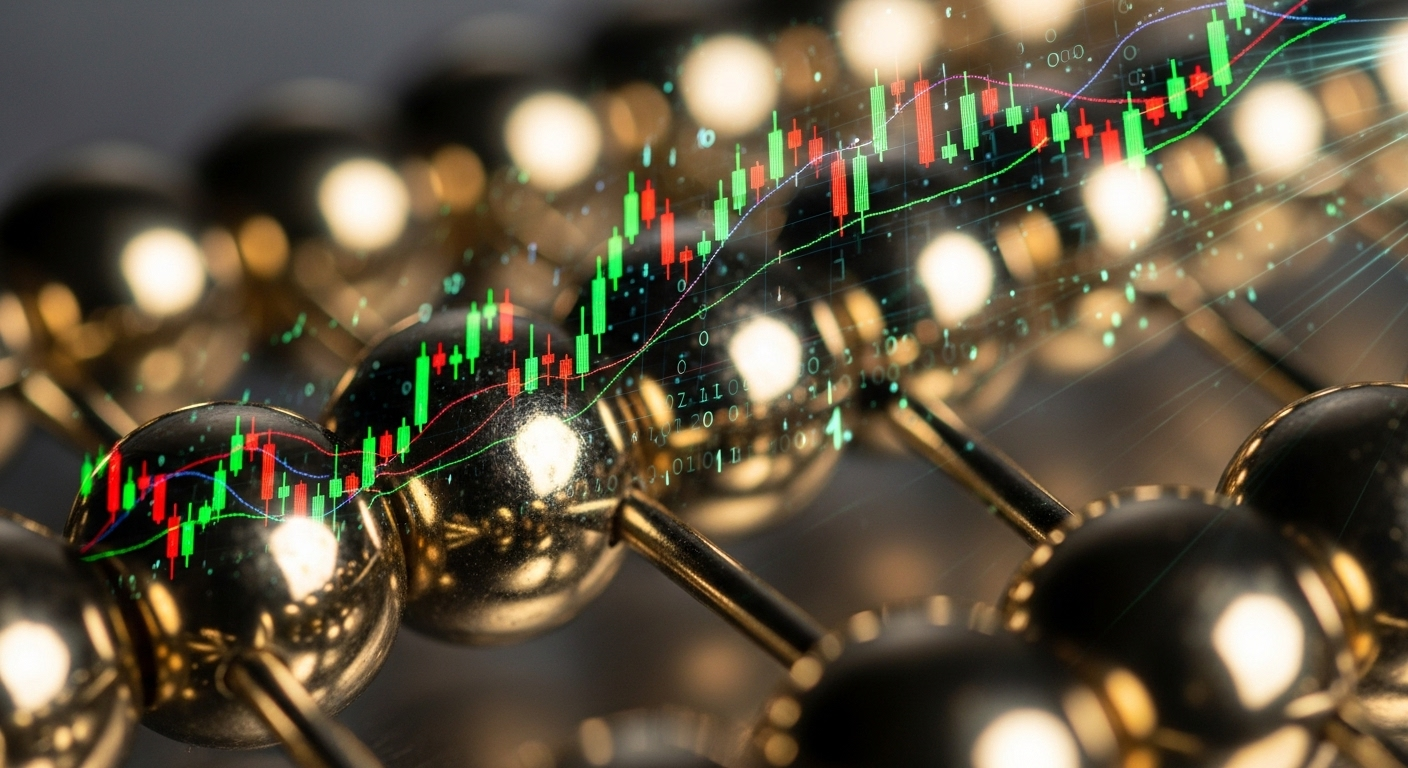Navigating the world of forex trading can be complex, especially when understanding forex trading margin. Margin is a critical component, acting as a double-edged sword; it can amplify profits but also magnify losses. This guide equips you with the knowledge to understand and manage your forex trading margin effectively.
Whether you’re a seasoned trader or just starting, understanding the intricacies of margin in forex is essential for informed decisions and mitigating risks. This guide covers everything from the basics to advanced strategies, helping you optimize trading performance and safeguard capital.
Jump To Section:
- What is Forex Trading Margin?
- Understanding Margin Requirements
- Risks & Rewards of High Margin
- Calculating Forex Trading Margin
- Avoiding Margin Calls
- Effective Margin Management Strategies
- Choosing the Right Margin Level
- Conclusion
What is Forex Trading Margin?
In forex trading, margin is the amount of money required in your trading account to open and maintain a leveraged position. It’s a good faith deposit acting as collateral. Leverage allows you to control a larger position than your account balance permits. For example, with 1:100 leverage, you can control $100,000 worth of currency with just $1,000 as margin.
When you open a trade, a portion of your account balance is set aside as margin. This isn’t a fee; it’s held by the broker to cover potential losses. If the trade favors you, you profit. However, if the trade moves against you, losses are deducted from your account balance. If your account balance falls below the required margin, you may receive a margin call.
Understanding Margin Requirements
Margin requirements vary depending on the broker, the currency pair, and the leverage offered. Brokers typically express margin requirements as a percentage of the total position size. For instance, a 1% margin requirement means you need 1% of the total trade value in your account as margin.
It’s crucial to understand your broker’s margin requirements before opening a trade. Failing to meet these requirements can lead to a margin call, potentially resulting in the forced closure of your positions and significant losses. Always check the specific margin requirements for each currency pair you intend to trade.
Risks & Rewards of High Margin
High margin, or high leverage, can significantly amplify both potential profits and potential losses. While it allows you to control larger positions with less capital, it also exposes you to greater risk. A small adverse price movement can quickly erode your account balance and trigger a margin call.
The reward of high margin trading is the potential for substantial profits with a relatively small investment. However, remember this comes with a heightened risk of significant losses. Traders should carefully consider their risk tolerance and trading strategy before using high margin.
Calculating Forex Trading Margin
Calculating your forex trading margin is straightforward. The formula is:
Margin = (Trade Size / Leverage)
For example, if you want to trade 1 lot of EUR/USD (100,000 units) with 1:500 leverage, your margin would be:
Margin = (100,000 / 500) = $200
This means you need $200 in your account to open this trade. Always calculate your margin requirements before placing a trade to ensure sufficient funds.
Avoiding Margin Calls
A margin call occurs when your account equity falls below the broker’s required margin level. The broker will issue a margin call, requiring you to deposit additional funds to cover losses. If you fail to meet the margin call, the broker may automatically close your open positions to limit further losses.
To avoid margin calls:
- Use appropriate leverage.
- Monitor your open positions regularly.
- Use stop-loss orders to limit potential losses.
- Maintain sufficient funds in your account.
Effective Margin Management Strategies
Effective margin management is essential for long-term success. Here are some strategies:
- Use Stop-Loss Orders: Stop-loss orders automatically close your position when the price reaches a certain level, limiting potential losses.
- Adjust Leverage: Choose a leverage level aligning with your risk tolerance and trading strategy. Lower leverage reduces the risk of margin calls.
- Monitor Account Equity: Regularly monitor your account equity to ensure sufficient funds to cover potential losses.
- Diversify Your Trades: Avoid putting all capital into a single trade. Diversifying trades can help reduce overall risk.
Choosing the Right Margin Level
The right margin level depends on your trading style, risk tolerance, and capital. Conservative traders may prefer lower leverage and higher margin requirements, reducing potential profits but also minimizing risk.
Aggressive traders may opt for higher leverage and lower margin requirements, amplifying profits but also increasing the risk of margin calls and significant losses. Carefully consider your trading goals and risk appetite when choosing a margin level.
Conclusion
Understanding and managing forex trading margin is crucial for success. By understanding how margin works, calculating requirements, and implementing effective management strategies, you can optimize performance and protect capital. Remember that high leverage comes with high risk, and it’s essential to trade responsibly and within your risk tolerance.
Mastering margin is a continuous process requiring ongoing learning and adaptation. Stay informed about market conditions, refine trading strategies, and prioritize risk management to achieve long-term success. By following this guide, you’ll be well-equipped to navigate the complexities of forex trading margin and achieve your trading goals.



